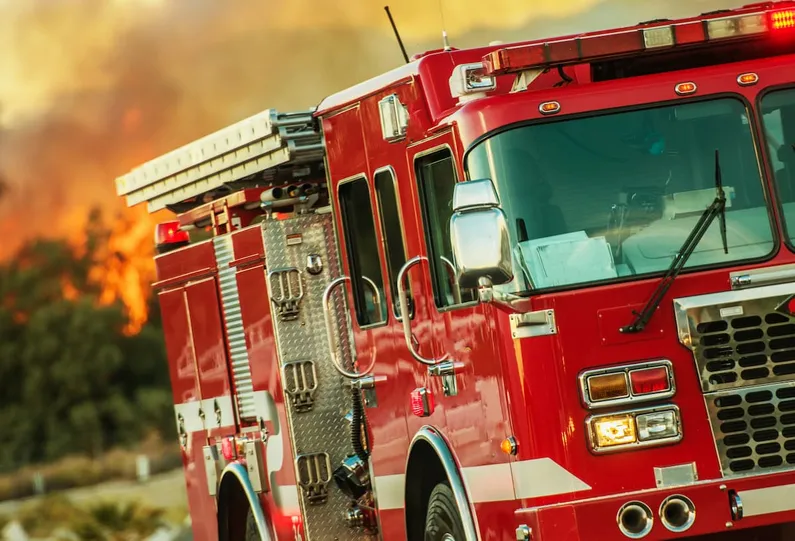
Comprehensive Guide to Appraising Emergency Vehicles
The Importance of Appraising Emergency Vehicles
Accurate appraisals of emergency vehicles—such as fire trucks, ambulances, and police cars—are essential for municipalities, private organizations, and insurance professionals. Proper valuations ensure fair market pricing, inform insurance coverage decisions, and assist in financial planning. Understanding the appraisal process helps stakeholders make informed decisions regarding these specialized assets.
Key Factors Influencing Valuation
Several critical factors impact the appraised value of emergency vehicles:
-
Make and Model: Certain manufacturers and models are more desirable due to their reputation for reliability, performance, and suitability for emergency services.
-
Age: Emergency vehicles typically depreciate over time; however, well-maintained older models can retain significant value.
-
Condition: Vehicles that have been meticulously maintained, with comprehensive service records, are valued higher than those with evident wear and tear.
-
Mileage and Usage: Lower mileage often indicates less wear, positively influencing value. However, the nature of usage (e.g., emergency responses) also plays a role.
-
Specialized Equipment: The presence and condition of specialized equipment—such as medical apparatus in ambulances or firefighting tools in fire trucks—can significantly affect valuation.
-
Compliance with Standards: Adherence to current safety and operational standards is crucial. Non-compliance can diminish value and necessitate costly upgrades.
Appraisal Methods
Appraisers utilize various methods to determine the value of emergency vehicles:
1. Sales Comparison Approach
This method involves comparing the subject vehicle to similar models that have recently sold, considering factors like make, model, age, condition, and specialized equipment.
2. Cost Approach
This approach calculates the cost to replace the vehicle with a new or similar model, subtracting depreciation based on age, usage, and condition. It also considers the current cost of specialized equipment.
3. Income Approach
Primarily used for vehicles that generate income (e.g., privately operated ambulances), this method assesses value based on the income the vehicle is expected to produce over its remaining useful life.
Importance for Insurance and Financial Planning
Accurate appraisals are vital for:
-
Insurance Coverage: Ensuring appropriate coverage levels and facilitating fair claim settlements in the event of damage or loss.
-
Financial Reporting: Providing precise asset valuations for municipal budgets, balance sheets, and tax purposes.
-
Asset Management: Assisting in decisions regarding fleet upgrades, replacements, and disposals.
Best Practices for Owners and Appraisers
To maintain or determine accurate valuations:
-
Regular Maintenance: Implement rigorous maintenance schedules and keep detailed service records.
-
Proper Documentation: Maintain comprehensive records of ownership, modifications, equipment installations, and compliance certifications.
-
Consult Professionals: Engage certified appraisers with experience in emergency vehicles for unbiased and accurate valuations.
Conclusion
Appraising emergency vehicles requires a thorough understanding of various factors and methodologies specific to these specialized assets. Accurate valuations are essential for insurance purposes, financial planning, and informed decision-making. By adhering to best practices and consulting with professional appraisers, stakeholders can ensure fair valuations and effectively manage their emergency vehicle fleets.
For professional appraisal services or consultations, contact Alliance Appraisals at (505) 565-5272 or visit our contact page.
Learn more about our Heavy Equipment & Fleet Vehicles.
